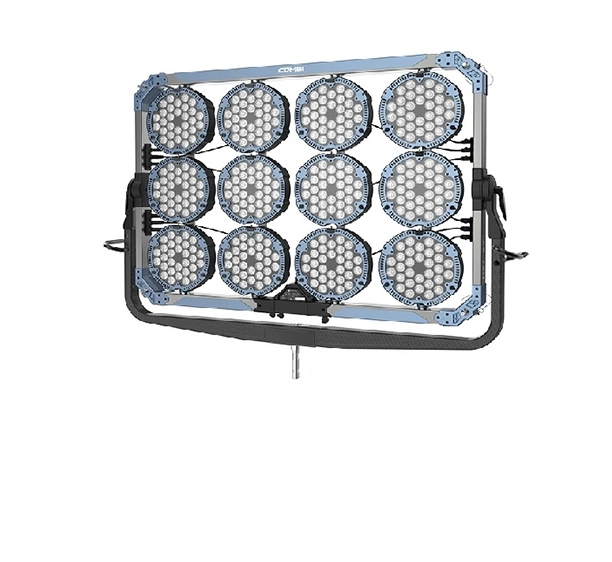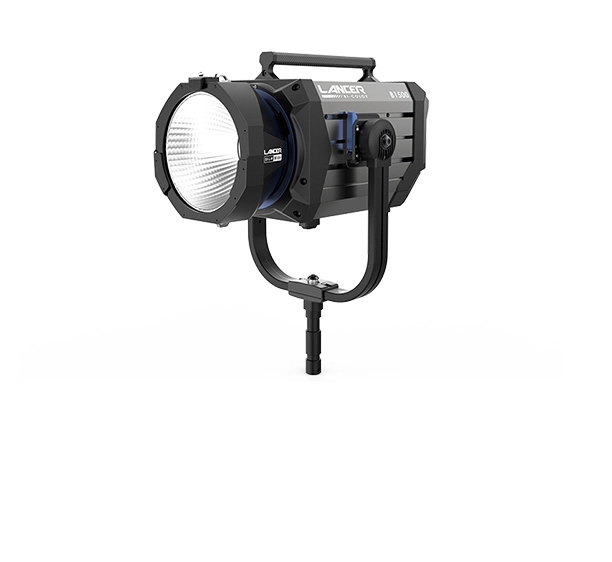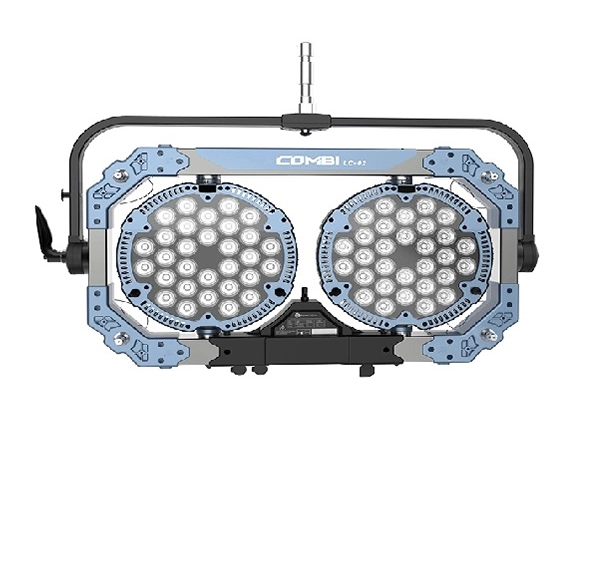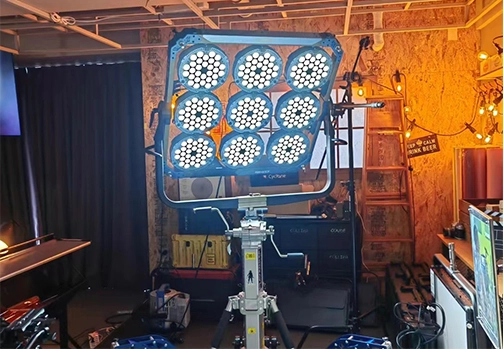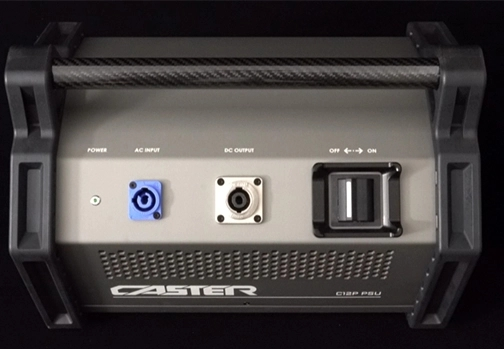Before designing the lighting for a news broadcast studio, we need to first understand the purpose of the studio, whether it is real or virtual, recording news or interview programs, recording variety shows or live programs. Then, based on its purpose and actual working characteristics, we can select the appropriate lighting. The lighting design process should start with background lights, followed by character lights, auxiliary lights, etc.
1. Background light design for the broadcast studio
Broadcast studio lighting design usually positions background lights on both sides of the broadcast area and the background, to emphasize a striking image. When lighting, classification lighting can be used to highlight the background's hierarchy, achieving a good effect. One thing to note is that the background light's illuminance should be lower than the character light, and the light ratio should be around 1:1.5-1:2. If it's too dark or too bright, it may overshadow the characters. If the broadcast studio's background has its own fluorescent body and a complex structure, lighting should highlight its unique features while using lighting skills to enhance live shooting performance.
2. Character light design for the broadcast studio
After designing the background light, turn off all the lighting and design the character light separately. This is where you need to consider whether the news broadcast studio has two hosts of different genders or a single host. If there are two hosts, the main light should be designed based on factors such as their height, weight, and facial features. In general, the tv studio lighting design main light should face the host and not be too high or too lateral. When the host is seated, the lighting position of the news broadcast studio should be slightly below the nose shadow, making the host's facial contours more three-dimensional. At the same time, the main light's brightness should not be too strong; a soft-panel light with soft rays should be used. The main purpose of the main light is to make the subject look better and more layered in the picture, reveal the character's personality traits, enhance the artistic sense of the picture, and better reflect the scene's depth of field.
3. Auxiliary light design for the broadcast studio
The role of auxiliary lights in broadcast studio lighting design is to make up for the deficiencies caused by the main light, increase facial lighting, shape the texture and threedimensionality of the character's face, and reduce the harshness of the main light source's shadow. The position of the auxiliary lights should be designed based on the host's face shape and hairstyle, and the brightness and strength of the auxiliary light should be less than that of the main light. The brightness ratio of the auxiliary light to the main light should be around 2:1-2:1.5.
4. Back light design for the broadcast studio
The back light in broadcast studio lighting design, also known as the contour light, is used to outline the character's contour and highlight spatial three-dimensionality, with the position corresponding to the camera. The light is aimed at the character's back and shoulders, separating the character from the background. The back light's position is generally designed above and behind the host, at a 45-65 degree angle, and its brightness must be higher than that of the main light, with a ratio of about 2:1. The contour light is usually a high-luminance and strong-beamed spotlight.
 English
English 日本語
日本語 한국어
한국어 Español
Español italiano
italiano العربية
العربية

